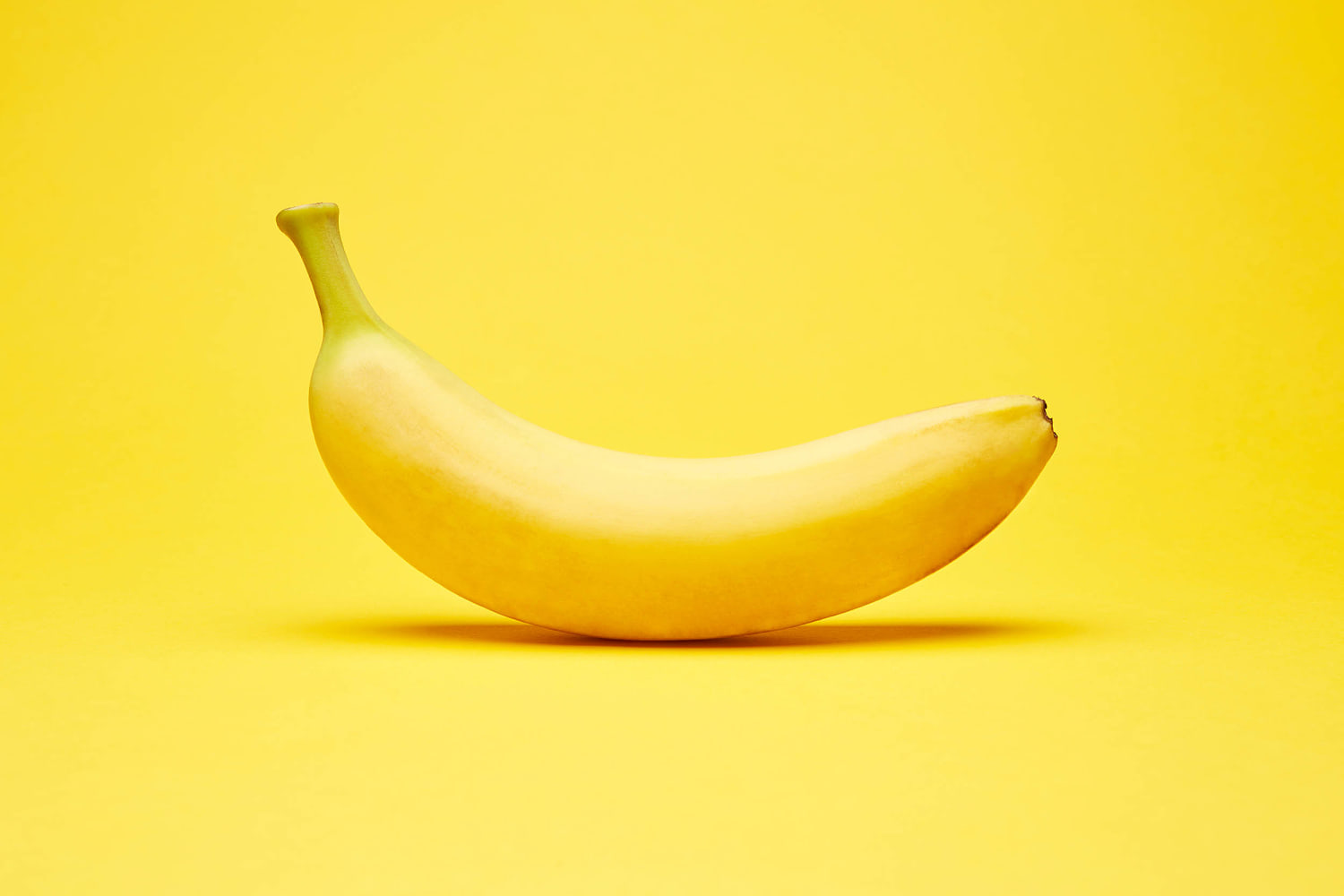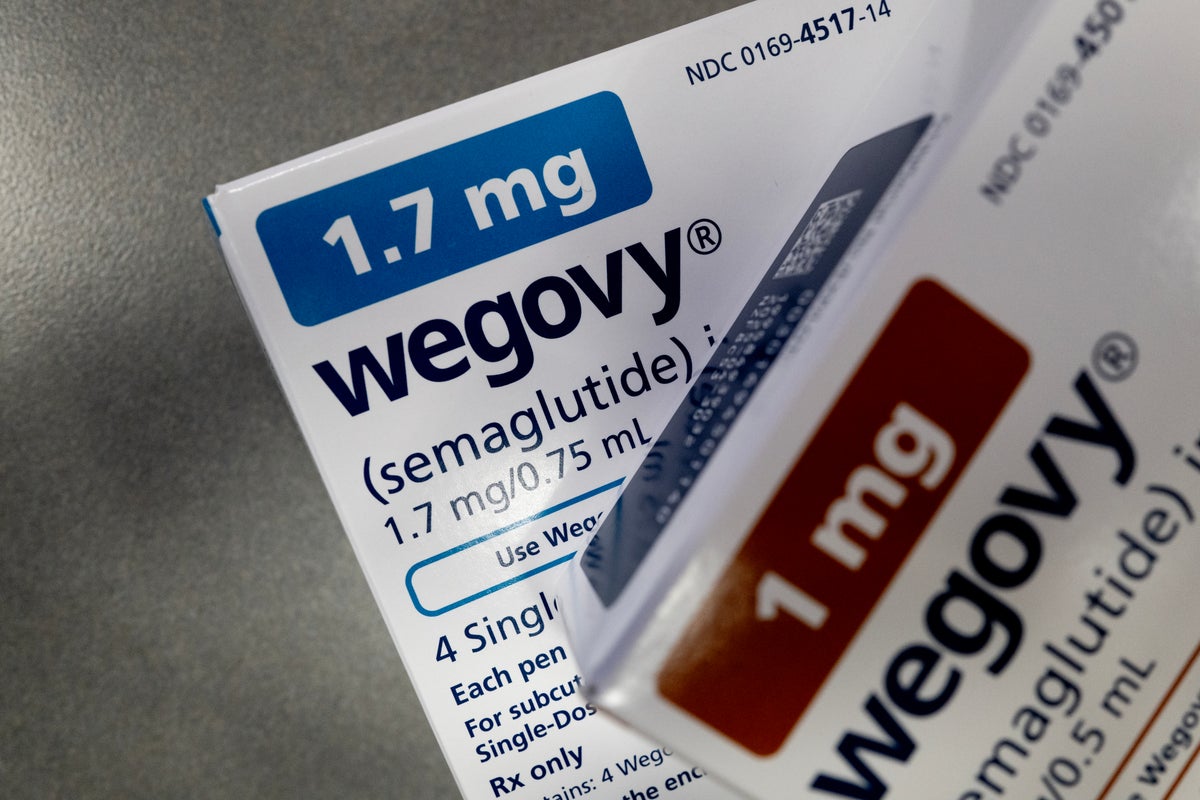Don't forget to turn to fruit if you need more magnesium, a crucial nutrient that helps regulate everything from muscle function and heart rate to bone health and even mood. The mineral is involved in more than 300 enzymatic reactions in the body, says Patricia Bannan, a registered dietitian in Los Angeles and author of “ .” Magnesium helps maintain normal nerve and muscle function, supports a steady heart rhythm, regulates blood sugar and blood pressure, and plays a role in bone strength and energy production, she notes.
It’s also needed for immune health, glucose metabolism, insulin function and for the body to build protein. Since magnesium is important for nerve transmission, it has a “critical role” in brain function and mood, . Magnesium also diminishes the body’s stress response, have found.

“Despite its importance, about half of U.S. adults don’t get enough magnesium from food,” Bannan tells TODAY.
com. “Low levels can lead to muscle cramps, fatigue, irritability, irregular heartbeat, and have been linked to higher risks of osteoporosis and Type 2 diabetes.” While fruits aren’t the compared to leafy greens, nuts, seeds, legumes and whole grains, every bit counts toward meeting the daily recommended amount, Bannan says.
Adult men should get at least 400 milligrams of magnesium per day, while women should consume at least 310 milligrams, according to the . “Fruits can be a helpful, accessible way to close small gaps in magnesium intake — especially when combined with other nutrient-dense foods throughout the day,” Bannan advises. Here are nine fruits highest in magnesium: Passion fruit has vitamin C, dietary fiber, B vitamins, niacin, iron and phosphorus, have found.
Researchers are looking into its antioxidant and anti-inflammatory properties, among other benefits. The pulp of the aromatic fruit can be eaten raw, as a yogurt topping, or added to juices and drinks. Passion fruit also tops the list of .
The nutrients in , including vitamin C and fiber, can help boost gut health, heart health and immunity, dietitians say. The fruit can be added to sweet and savory dishes, plus smoothies and salads. Guava is also among .
are known for being potassium stars, but they contain plenty of magnesium, too. They’re naturally sweet and provide fiber, which makes them a satisfying snack. Bananas also deliver carbohydrates for energy needed to exercise and perform everyday activities.
Plantains are in the banana family, though they’re larger, starchier and less sweet. Both bananas and plantains are among . The tropical fruit is also packed with potassium, folate, lycopene, and vitamins A, C, E and K.
’s vibrant orange color comes from , natural plant pigments that have antioxidant effects and may help to prevent some types of cancer. Papaya is also among . The deep dark color of comes from anthocyanins, natural plant pigments with health-promoting effects.
The fruit is high in antioxidants and comes with benefits for gut and cardiovascular health. Eating berries of all kinds is a “plausible and potentially useful dietary strategy to reduce risk of cancer,” have found. Bright green with small crunchy seeds, sweet-tart are nutritious and “exceptionally high” in vitamin C, .
They also come with plenty of fiber, potassium and antioxidants. Eating fresh kiwi improves constipation and abdominal comfort, have found. Dried fruits like figs are more concentrated in magnesium due to their lower water content, Bannan says.
, dried figs make a satisfying and sweet snack. Figs are also among , which can provide energy because it comes with many other nutrients that are found in fruit. The deliciously creamy fruit comes with impressive health benefits.
contains unsaturated fat, which has been linked to lowering the risk of heart disease, plus vitamin E for healthy skin and fiber for gut health. Avocado is also among . The fat in avocados is part of what helps people stay fuller longer and may actually cause them to eat less overall, says registered dietitian Natalie Rizzo, nutrition editor for TODAY.
It’s easy to , so stick to a serving size of one-third of a medium fruit. Prunes are among , and their juice comes with similar benefits. Juice can be a valuable contributor to magnesium intake, particularly 100% fruit varieties like prune juice, but whole fruit delivers more fiber, Bannan notes.
“Smoothies made with whole fruits offer an excellent compromise, especially when combined with magnesium-rich ingredients like leafy greens or seeds,” she says. “For optimal magnesium intake, consider a balanced approach that emphasizes whole fruits while incorporating occasional juice or smoothies.” A.
Pawlowski is a TODAY health reporter focusing on health news and features. Previously, she was a writer, producer and editor at CNN..
Health

9 fruits highest in magnesium for energy, good mood and healthy blood pressure

Which fruits are high in magnesium? Fruits with the most magnesium for healthy muscles, nerves, heart and bone include passion fruit, guava and bananas.















